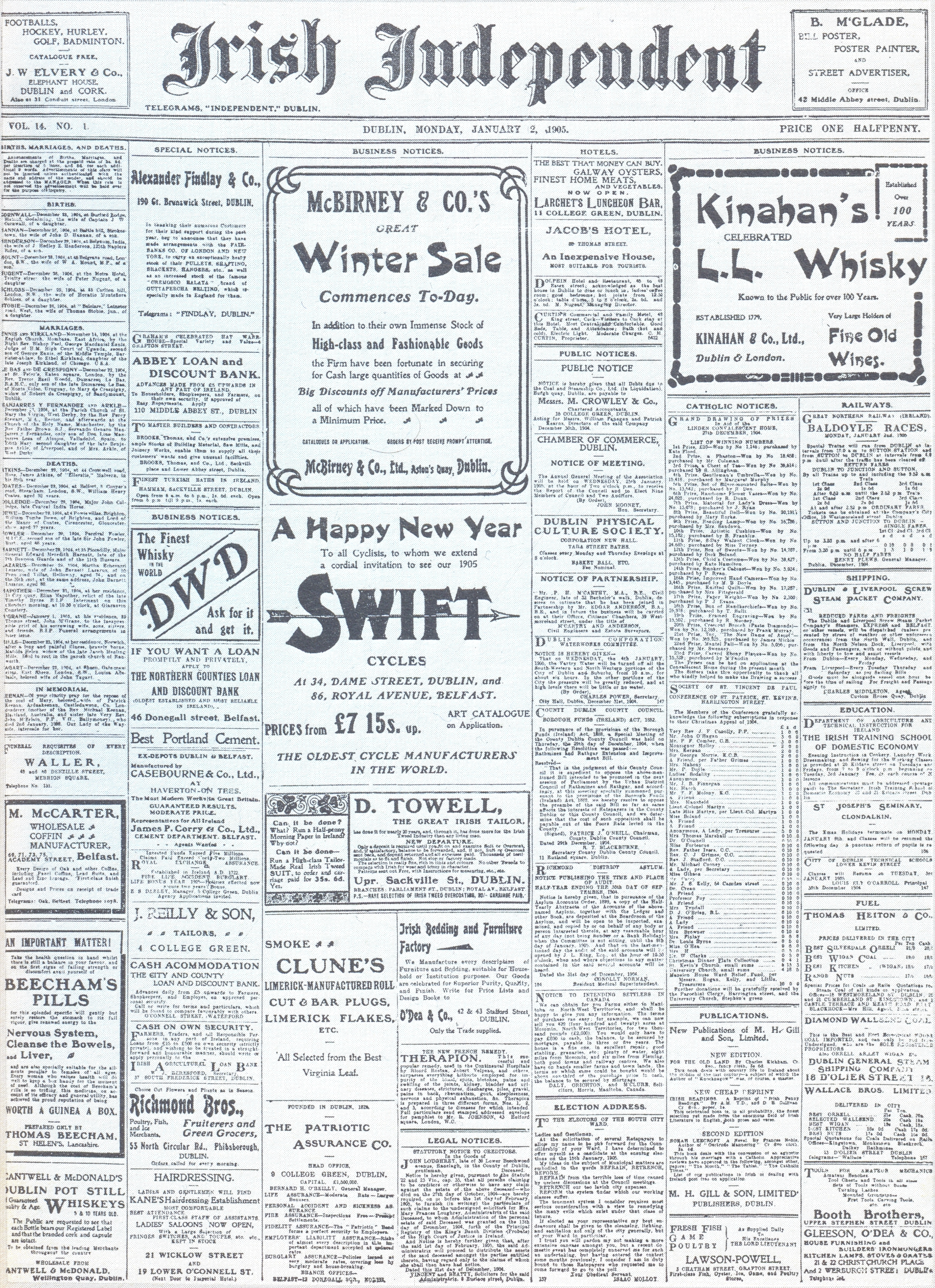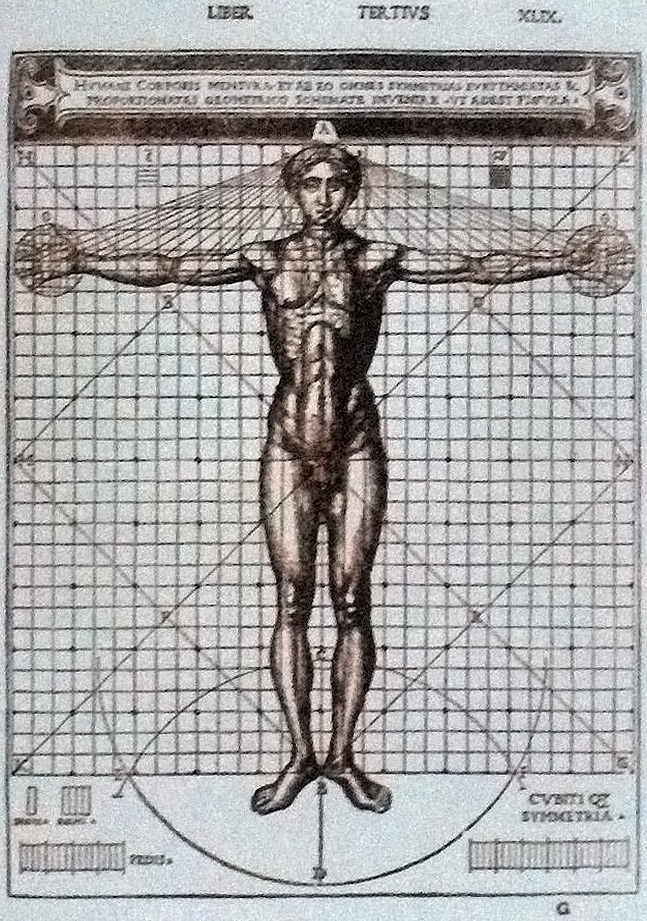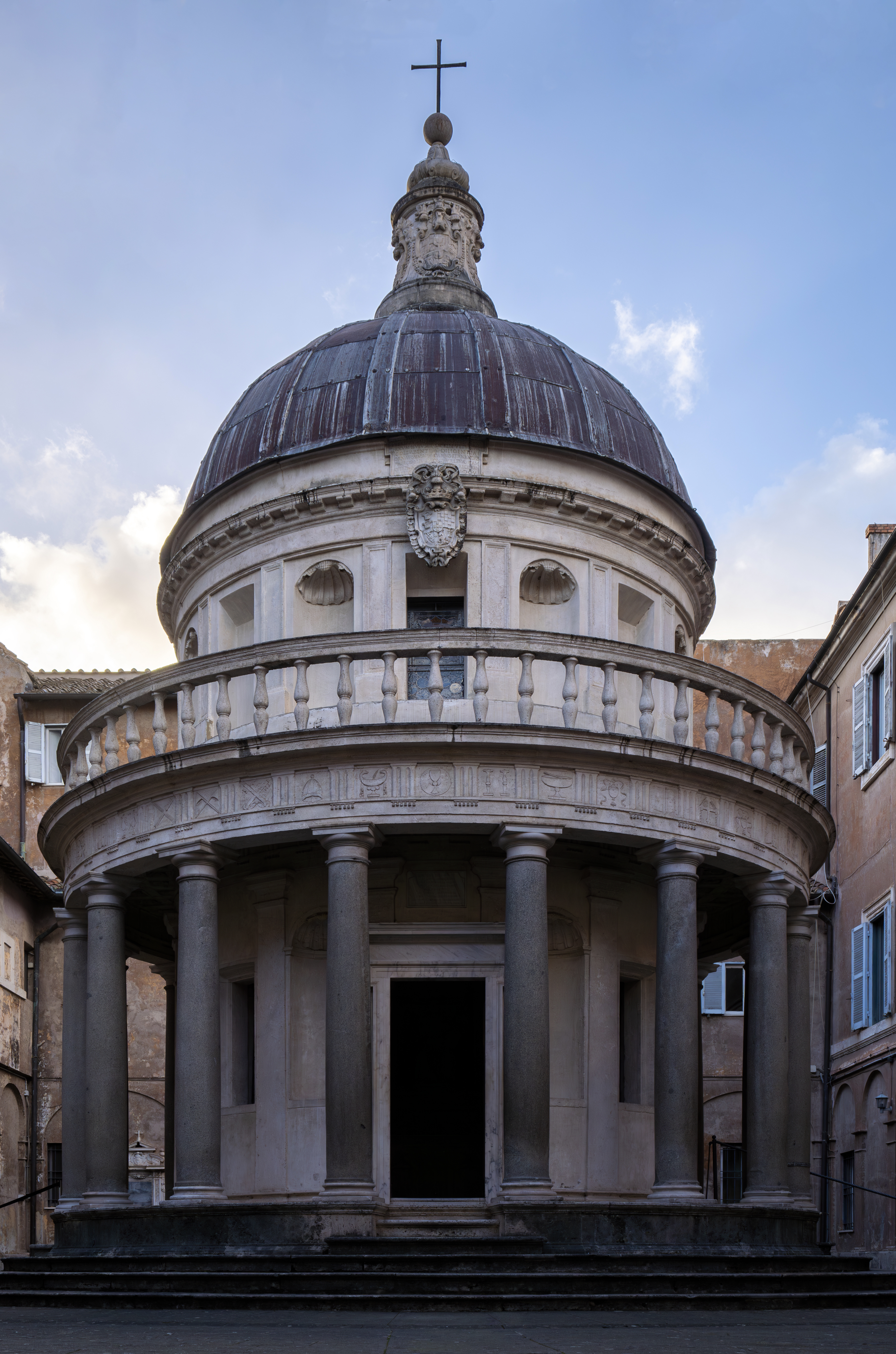|
Sforza Castle
The Sforza Castle ( ; ) is a medieval fortification located in Milan, northern Italy. It was built in the 15th century by Francesco Sforza, Duke of Milan, on the remnants of a 14th-century fortification. Later renovated and enlarged, in the 16th and 17th centuries it was one of the largest citadels in Europe. Extensively rebuilt by Luca Beltrami in 1891–1905, it now houses several of the city's museums and art collections. History The original construction was ordered by Galeazzo II Visconti, a local nobleman, in 1358 – 1370; this castle was known as the ''Castello di Porta Giova'' (or ''Porta Zubia''), from the name of a gate in walls located nearby. It was built in the same area of the ancient Roman fortification of ''Castrum Portae Jovis'', which served as '' castra pretoria'' when the city was the capital of the Roman Empire. It was enlarged by Galeazzo's successors, Gian Galeazzo, Giovanni Maria and Filippo Maria Visconti, until it became a square-plan castle wit ... [...More Info...] [...Related Items...] OR: [Wikipedia] [Google] [Baidu] |
Luca Beltrami
Luca Beltrami (November 13, 1854 – August 8, 1933) was an Italian architect and architectural historian, known particularly for restoration projects. Biography Early life and education Beltrami was born in Milan then part of the Austrian Empire. Milan would pass to Italian control when he was about five. He attended both the Polytechnic University of Milan and the Brera Academy, studying as a pupil of Camillo Boito. He graduated in 1875 and the following year enrolled at the École des Beaux-Arts, Paris, where he attended Jean-Louis Pascal’s atelier, and came into contact with Charles Garnier, Gabriel Davioud and Théodore Ballu. He was involved in works at Trocadero an at the Palace of the National Exhibitions. He was able to outscore those taking tests from the Ecole Nationale de Beaux Arts, and distinguished himself at the Salon with designs by aquaforte. He was nominated the second in command as inspector of the works of reconstruction at the Hôtel de Ville, ... [...More Info...] [...Related Items...] OR: [Wikipedia] [Google] [Baidu] |
Bona Of Savoy
Bona of Savoy, Duchess of Milan (10 August 1449 – 23 November 1503) was Duchess of Milan as the second spouse of Galeazzo Maria Sforza, Duke of Milan. She served as regent of Milan during the minority of her son 1476–1481. Life Early life Born in the old castle of Avigiana, Turin, Bona was a daughter of Louis, Duke of Savoy and Anne de Lusignan of Cyprus. She was one of nineteen children. Her many siblings included: Amadeus IX of Savoy, Philip II, Duke of Savoy, Louis of Savoy, Count of Geneva, Marguerite of Savoy and Charlotte of Savoy, who married King Louis XI. Because of her sister Charlotte's marriage to the French king and them being orphaned after the death of their mother in 1462 and their father in 1465 ; Bona and her sisters were brought up at the French court. Duchess of Milan In 1464, Bona was to have been betrothed to Edward IV of England, until his secret marriage to Elizabeth Woodville was revealed. She showed her resentment in later years by ref ... [...More Info...] [...Related Items...] OR: [Wikipedia] [Google] [Baidu] |
Maximilian Sforza
Maximilian Maria Sforza (Italian: ''Massimiliano Maria Sforza''; 25 January 1493 – 25 May 1530) was a Duke of Milan from the Sforza family, the son of Ludovico Sforza. Biography When Maximilian was three his father tried to arrange a marriage between him and Mary Tudor, the younger daughter of King Henry VII of England. However, Henry VII rejected the proposal citing Mary's young age as the issue. He was installed as a ruler of Milan in 1512 after the capture of Milan by the Holy League, supported by a Swiss militia led by Jakob Meyer zum Hasen.''Die Malerfamilie Holbein in Basel''. Kunstmuseum Basel. 1960. p. 174 He ruled from 1512 to 1515, between the occupations of Louis XII of France (1500–1512), and Francis I of France in 1515. Francis I claimed the title of Duke of Milan, as he was descended from Louis I of Orléans and Valentine Visconti who were his great-grandparents. His claims were twofold because he married Claude, the daughter of Louis XII, who was a ... [...More Info...] [...Related Items...] OR: [Wikipedia] [Google] [Baidu] |
Battle Of Marignano
The Battle of Marignano, which took place on 13–14 September 1515, near the town now called Melegnano, 16 km southeast of Milan, was the last major engagement of the War of the League of Cambrai. It pitted the French army, composed of the best heavy cavalry and artillery in the world, led by Francis I, newly crowned King of France, against the Old Swiss Confederacy, whose mercenaries until that point were regarded as the best medieval infantry force in Europe. With the French were German ''landsknechts'', bitter rivals of the Swiss for fame and renown in war, and their late-arriving Venetian allies. Background The campaign of Marignano followed years of Swiss successes, during which French fortunes in northern Italy had suffered greatly. The Swiss had taken control of Milan (for France the gateway to Italy) after their victory at the Battle of Novara (1513), and returned to its ducal throne Massimiliano, son of Ludovico Sforza, to make Milan a protectorate of Switze ... [...More Info...] [...Related Items...] OR: [Wikipedia] [Google] [Baidu] |
Irish Independent
The ''Irish Independent'' is an Irish daily newspaper A newspaper is a Periodical literature, periodical publication containing written News, information about current events and is often typed in black ink with a white or gray background. Newspapers can cover a wide variety of fields such as poli ... and online publication which is owned by Independent News & Media (INM), a subsidiary of Mediahuis. The newspaper version often includes glossy magazines. Traditionally a broadsheet newspaper, it introduced an additional compact size in 2004. Further, in December 2012 (following billionaire Denis O'Brien's takeover) it was announced that the newspaper would become compact only. History Murphy and family (1905–1973) The ''Irish Independent'' was formed in 1905 as the direct successor to ''The Irish Daily Independent and Daily Nation'', an 1890s' pro- Parnellite newspaper. It was launched by William Martin Murphy, a controversial Irish nationalist businessman, ... [...More Info...] [...Related Items...] OR: [Wikipedia] [Google] [Baidu] |
Live Science
Live Science is a science news website. The publication features stories on a wide range of topics, including space, animals, health, archaeology, human behavior, and planet Earth. It also includes a reference section with links to other websites. Its stated mission is to inform and entertain readers about science and the world around them.{{r, mission History Live Science was originally made in 2004. It was acquired by ediaNetwork, later called Purch, in 2009.{{r, purch Purch consumer brands (including Live Science) were acquired by Future The future is the time after the past and present. Its arrival is considered inevitable due to the existence of time and the laws of physics. Due to the apparent nature of reality and the unavoidability of the future, everything that currently ex ... in 2018. Reception In 2011, the '' Columbia Journalism Review''{{'s "News Startups Guide" called Live Science "a purebred Web animal, primarily featuring one-off stories and photo gall ... [...More Info...] [...Related Items...] OR: [Wikipedia] [Google] [Baidu] |
Cesare Cesariano
240px, The 1521 Italian edition of Vitruvius' , translated and illustrated by Cesare Cesariano. Cesare di Lorenzo Cesariano (December 10, 1475 – March 30, 1543) was an Italian painter, architect and architectural theorist. He authored the first Italian-language version of Vitruvius' . Biography Cesariano was born in Milan. Information about his life is scarce. In 1496 he lived for a period at Reggio Emilia; in the early 1500s he worked at Parma, where he painted the sacristy of San Giovanni Evangelista. In 1507 he was in Rome, where he met Perugino, Pinturicchio and Luca Signorelli. However, most of his activity was in Milan, where he returned in 1512-1513 as military engineer at Maximilian Sforza's court. He worked at Santa Maria presso San Celso and to part of the renovation of the Sforza Castle; he collaborated in the painting decoration of Milan Cathedral (Duomo), in the ''Sala dei Deputati'', which was demolished in the 19th century. Giorgio Vasari wrote in Bram ... [...More Info...] [...Related Items...] OR: [Wikipedia] [Google] [Baidu] |
Sala Delle Asse
The ''Sala delle Asse'' (In English: 'room of the wooden planks'), is a large room in the Castello Sforzesco in Milan, the location of a painting in tempera on plaster by Leonardo da Vinci, dating from about 1498. Its walls and vaulted ceiling are decorated with "intertwining plants with fruits and monochromes of roots and rocks" and a canopy created by sixteen trees. The walls and ceiling are painted with a '' trompe-l'œil'' scheme depicting trunks, leaves, fruits, and knots, as if it was in the open air and not within a castle. Art historian Rocky Ruggiero describes the decoration of the square, fifteen-by-fifteen-meters room as creating the effect of a natural pergola as an architectural feature. Ruggiero suggests that Leonardo drew upon all of his scientific research into natural systems as he painted the masterful illusion that resembles a grove of mulberry trees. History The room was decorated in 1498, as testified by a letter to the Duke of Milan, Ludovico Sforza, ni ... [...More Info...] [...Related Items...] OR: [Wikipedia] [Google] [Baidu] |
Bramante
Donato Bramante (1444 – 11 April 1514), born as Donato di Pascuccio d'Antonio and also known as Bramante Lazzari, was an Italian architect and painter. He introduced Renaissance architecture to Milan and the High Renaissance style to Rome, where his plan for St. Peter's Basilica formed the basis of the design executed by Michelangelo. His Tempietto (San Pietro in Montorio) marked the beginning of the High Renaissance in Rome (1502) when Pope Julius II appointed him to build a sanctuary over the spot where Peter was martyred. Life Urbino Bramante was born under the name Donato d'Augnolo, Donato di Pascuccio d'Antonio, or Donato Pascuccio d'Antonio in Fermignano near Urbino. Here, in 1467, Luciano Laurana was adding to the Palazzo Ducale an arcaded courtyard and other Renaissance features to Federico da Montefeltro's ducal palace. Bramante's architecture has eclipsed his painting skills: he knew the painters Melozzo da Forlì and Piero della Francesca well, who were ... [...More Info...] [...Related Items...] OR: [Wikipedia] [Google] [Baidu] |
Bernardino Butinone
Bernardino Butinone (1435 or 1436 – c. 1507 or 1508) was an Italian painter of the Renaissance, active mainly around Milan. Biography Born in Treviglio, Lombardy, Butinone was the son of Jacopo da Treviglio, and also known as ''Bernardo da Treviglio''. A pupil of Vincenzo Foppa, he was tutor of Bramantino and collaborated with Bernardo Zenale. Others claimed he trained with Vincenzo Civerchio, with whom he worked in Milan.M. Farquhar From 1491 to 1493 they executed the vault of the Grifi Chapel in San Pietro in Gessate in Milan. His masterwork is the polyptych of San Martino in Treviglio Treviglio (; ) is a town and (i.e. municipality) in the province of Bergamo, in Lombardy, Northern Italy. It lies south of the province capital, in the lower territory called . It is also part of the geographic area named , included among the r ..., which was commissioned in 1485. Butinone's most appealing works are a series of small panels he painted depicting the life of Chris ... [...More Info...] [...Related Items...] OR: [Wikipedia] [Google] [Baidu] |





